Content
Ada Lovelace
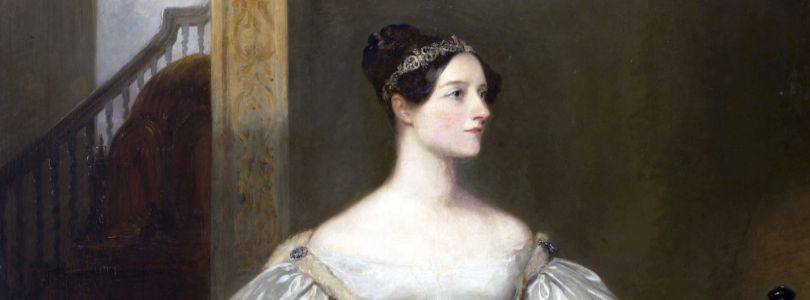
Ada Lovelace painted by Margaret Sarah Carpenter
Against all odds: The overture of the age of Computer
She never completely fell into oblivion as she was the daughter of a famous man. But it took more than 100 years after her death until her own achievements were recognized and Ada Lovelace finally became famous because of them.
For a long time women had no chance in the natural sciences. Even today, they are still seriously underrepresented in MINT or STEM professions. But in the 19th century, women were simply denied access to in-depth education in the natural sciences. Ada Lovelace could at least begin to train her enormous talent only thanks to fortunate circumstances, namely thanks to her privileged origins and her mother, who was also interested in science.
Augusta Ada Byron King, Countess of Lovelace, born on 10 December 1815 in London, was the daughter of the poet George Gordon Byron, known as Lord Byron. Her mother was the mathematically gifted Anne Isabella Noel - Byron called her his "Princess of Parallelograms". The difficult marriage was short-lived. The wild poet was a scandalous enfant terrible, pop star of romantic poetry and notorious womaniser; Ada was his only legitimate child. Shortly after the separation he left England. He died in the fight for freedom for Greece when Ada was eight years old. She never met him.
Science education, so that she does not become like her father!
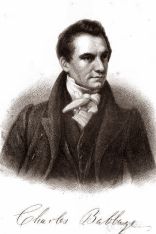
Charles Babbage
In order to prevent Ada from emulating her father, her mother banned any artistic instruction from Ada's upbringing and had her taught intensively in the natural sciences. This was very unusual at that time; the higher daughters were mainly prepared for a life as wife and mother and only got education in humanities and arts – if any.
Ada Lovelace early showed the combination of analytical intellect and vision, which later led her to write the first "computer program". As a child she was enthusiastic about inventions and designed flying machines. She was taught by the well-known mathematician Augustus de Morgan, who recognised her talent but did not promote it properly because he considered women unsuitable for science.
Encounter with Babbage
At 17, self-confident Ada met Cambridge professor Charles Babbage (1791-1871), mathematician and all-round genius, on a soirée. His life project was the Analytical Engine, a highly complex mechanical calculating machine that was decades ahead of its time in every respect. A steam engine was to drive the apparatus with its 55,000 parts, longer than a wagon, 3 meters high. It was to be controlled with punched cards - just like the mechanical weaving looms that were used at that time of beginning industrialization.
The Analytical Engine was never completed (despite millions of dollars in subsidies), but Ada Lovelace recognized the huge potential of the concept – perhaps even better than its inventor Babbage, who just wanted a calculator. "I don't think you have even half my foreboding and my ability to see all sorts of eventualities," she wrote impudently to Babbage. Lovelace saw the Analytical Engine as the world's first computer:
“The Analytical Engine might act upon other things besides number, were objects found whose mutual fundamental relations could be expressed by those of the abstract science of operations, and which should be also susceptible of adaptations to the action of the operating notation and mechanism of the engine”," she wrote in her famous "Notes" on the apparatus.
Visionary insights
The realization that the machine could process more than just numbers, if the rules of other objects could be formalized for it, was revolutionary and was probably understood only by very few people at that time. Here Lovelace formulated the basic idea of computer science: the systemic processing of information.
In her visionary interpretation of the possibilities of the programmable machine, Lovelace gave an example: "Supposing, for instance, that the fundamental relations of pitched sounds in the science of harmony and of musical composition were susceptible of such expression and adaptations, the engine might compose elaborate and scientific pieces of music of any degree of complexity or extent.”
Composing computers - possible only today, predicted by Ada Lovelace in 1843.
The world's first Software
In her notes on the machine there is also a plan of how Bernoulli numbers can be calculated with the help of this "hardware". The instruction contains the arithmetic commands and the storage locations of all intermediate results and is therefore regarded today as the first "software", the world´s first computer program.
She did not see an artificial intelligence in the machine, since it “has no pretensions whatever to originate anything. It can do whatever we know how to order it to perform.” This limitation was discussed by computer pioneer and Enigma cracker Alan Turing a century later as "Lady Lovelace's Objection" in a famous essay that brought Ada back into the perspective of science, which still discusses this question today.
Against all Odds
Lovelace's road to perception was not an easy one: she had to marry at the age of 19, then give birth to three children in quick succession and raise them. Her husband had to copy texts from libraries for her, as she was not allowed to use them as a woman; the university was denied her anyway. Society and her family sabotaged her scientific education and further exchange with Babbage. Her health, which was always poor, was another obstacle. Lovelace spent her last years tied to bed by cancer and died at the age of 36 (just like her father) in London on 27 November 1852.
What contemporary Carl Friedrich Gauss wrote about the mathematician Sophie Germain, who initially published under men's names, also applies to Ada Lovelace:
"If, however, a person of this sex, who due to our customs and prejudices finds infinitely more obstacles and difficulties in trying to familiarize himself with these thorny researches, than a man, nevertheless knows how to break these shackles and penetrate into the deepest secrets, then this person must undoubtedly possess the noblest courage, an extraordinary talent and a superior genius.”
Today, Lovelace has given her name to the programming language ‘Ada’, the ![]() Lovelace Medal awarded by the British Computer Society, an annual
Lovelace Medal awarded by the British Computer Society, an annual ![]() commemorative day (the second Tuesday in October), an
commemorative day (the second Tuesday in October), an ![]() Festival (EM017968381) and support programmes such as the
Festival (EM017968381) and support programmes such as the ![]() Ada-Lovelace-Projekt.
Ada-Lovelace-Projekt.
The fear of one's own obsolescence by machines
In 1812 Lovelace's father, Lord Byron, expressed in the House of Lords his understanding for the machine strikers of early industrialization who, fearing for their jobs, destroyed mechanical looms. His daughter later wrote the first program for a pre-computer, based on the principle of these machines. And today there are quite a few who are afraid that a computer will take over their job and artificial intelligence will make them unemployed. The circle is closing...
Text: Dr. Jan Björn Potthast, Pictures: Public Domain via Wikimedia Commons, Public domain via Wikimemdia Comonns, Science Museum London, CC BY-SA 2.0 via Wikimedia Commons, via Wikimedia Commons, Piblic Domain via Wikimedia Commons, Public Domain via Wikimedia Commons
Last updated: 10 December 2025

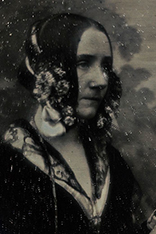
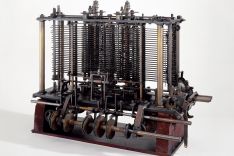
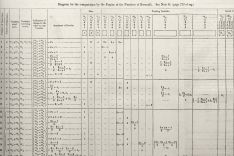

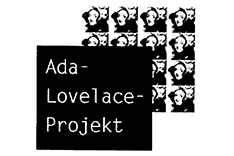
Not only protecting innovations
Social Media